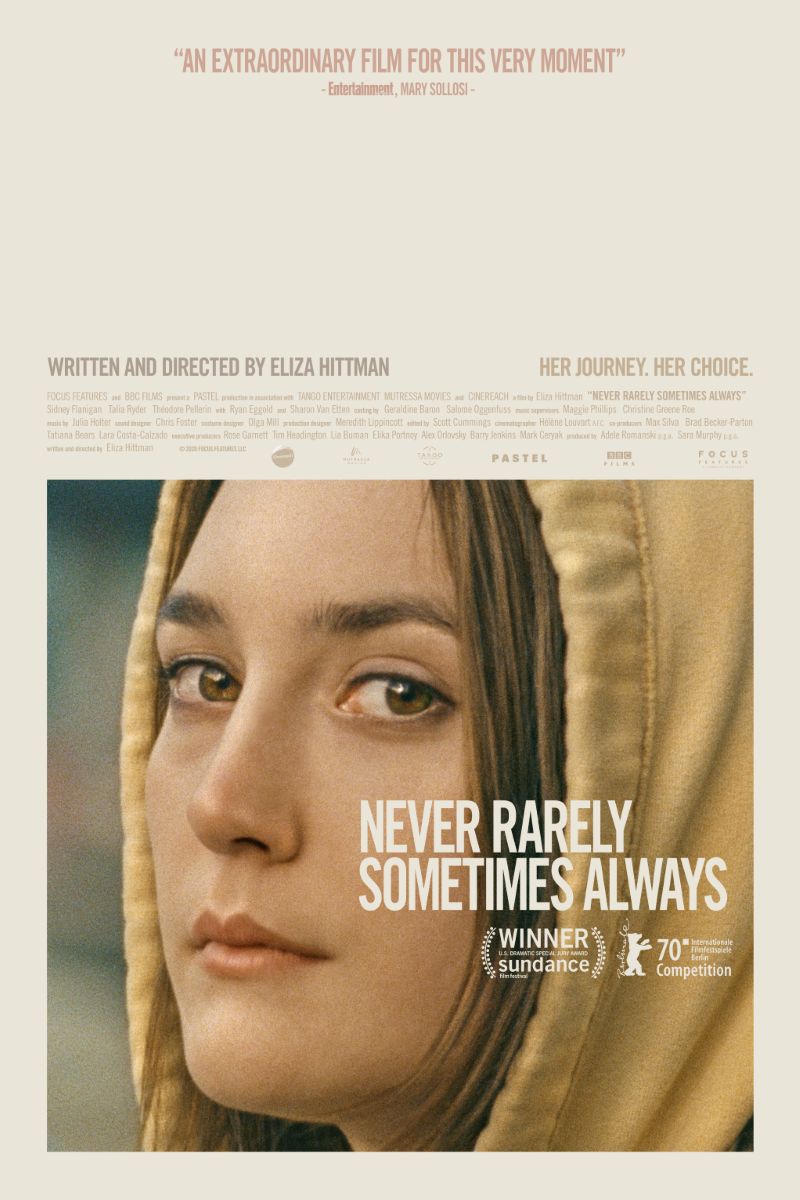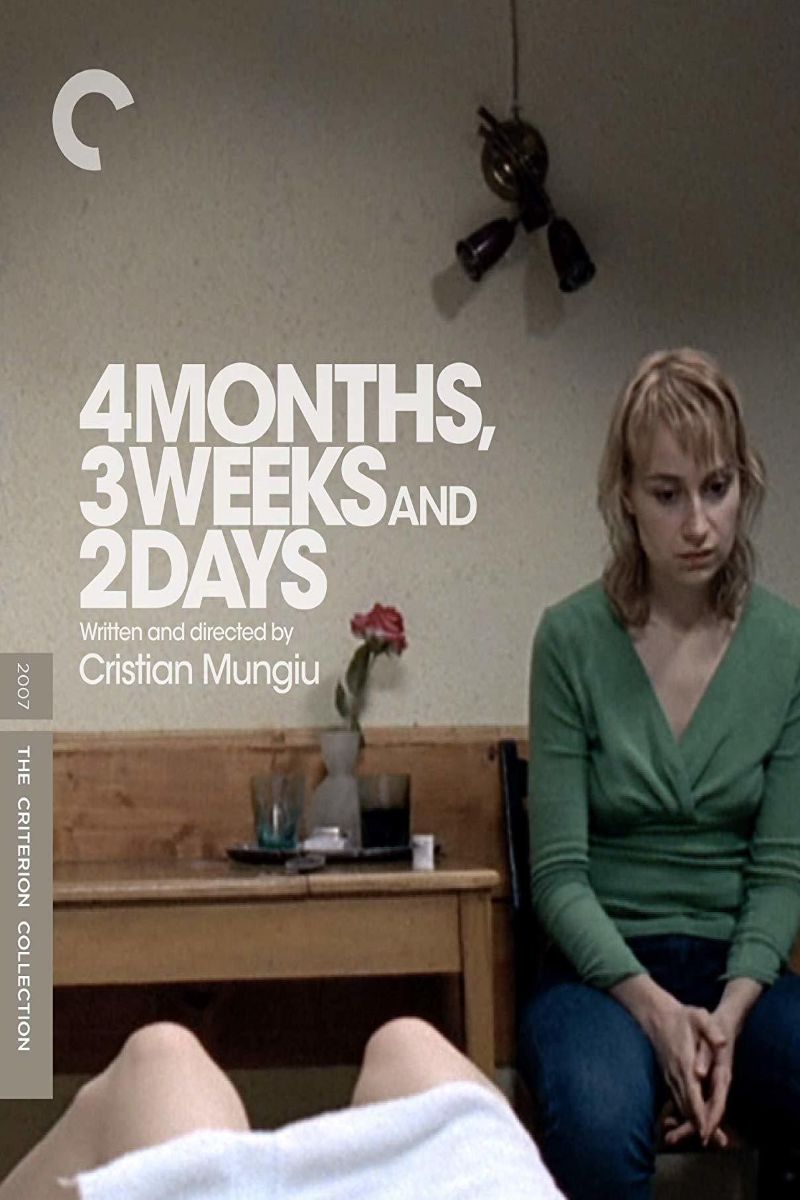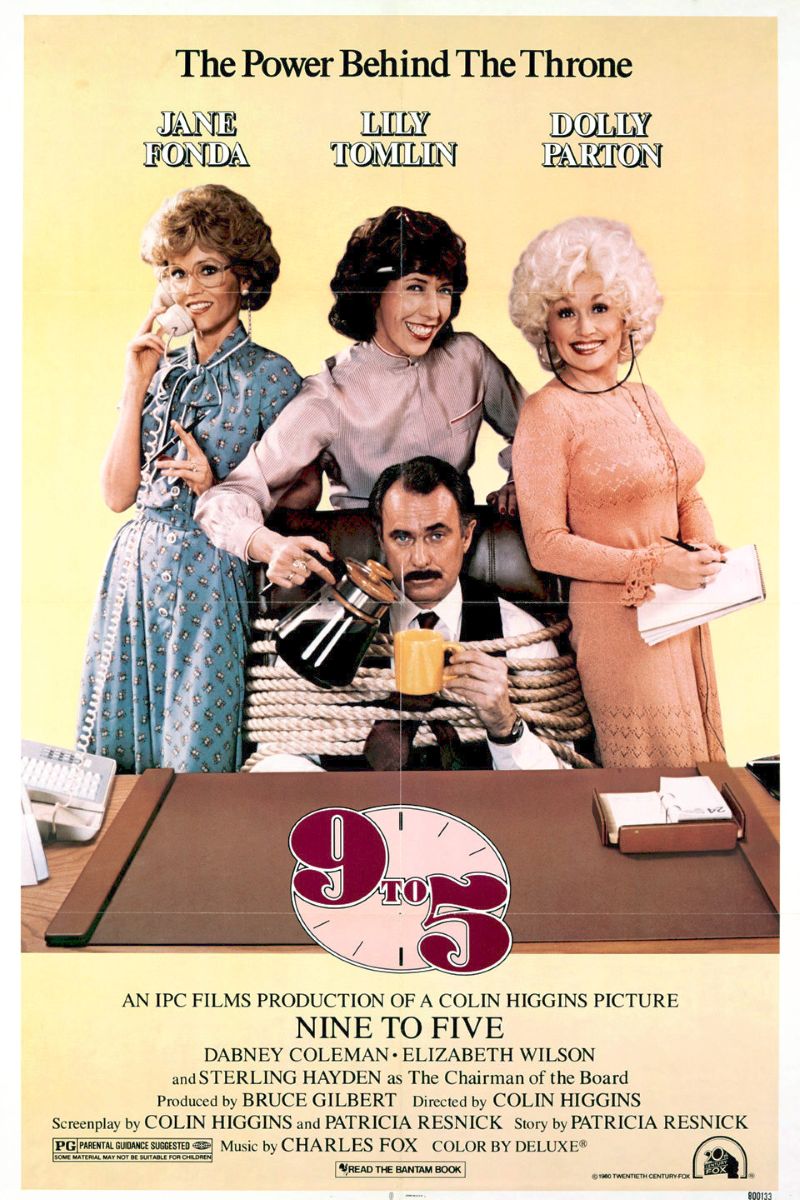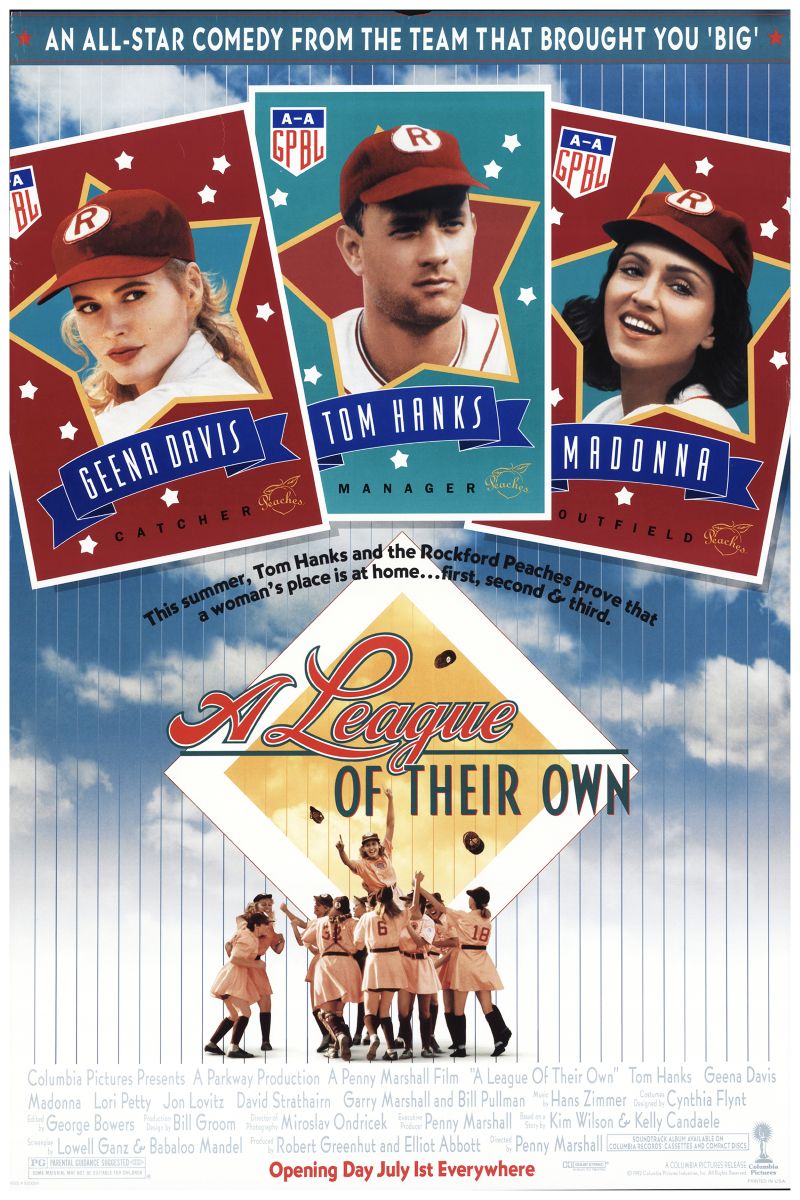
Never Rarely Sometimes Always
Never Rarely Sometimes Always
In the wake of Roe v. Wade being overturned by the Supreme Court, Eliza Hittman's Never Rarely Sometimes Always is necessary viewing. A tiny independent film that topped critics' best-of lists, it's about a pair of friends who are forced to travel from their small Pennsylvania town to New York City in search of medical aid for an unwanted pregnancy.
Cast
Related Topics
🎥 Film Analysis & Review
“Never Rarely Sometimes Always” stands as one of the most important feminist films of our time, with director Eliza Hittman creating a profound political manifesto about reproductive autonomy, youth rights, and female friendship. Against the backdrop of the Supreme Court’s overturning of Roe v. Wade, this film’s significance becomes even more pronounced—it serves not only as a firm defense of women’s reproductive rights but also as a sharp critique of how women’s bodies are politicized and commodified in patriarchal society. Through the journey of Autumn (Sidney Flanigan) and Skylar (Talia Ryder), two young women, the film reveals the difficult reality of seeking reproductive choices under restrictive legal environments.
From abortion rights perspectives, this film serves as a direct response to the regression of reproductive rights in America. Autumn must travel across state lines to receive the medical services she needs, a reality that reflects the vast differences in reproductive rights across American states. Pennsylvania requires minors to obtain parental consent for abortion, while New York has no such restrictions. This legal inequality creates a divided America where wealthy women can easily access services while poor women are forced to bear enormous economic and emotional burdens.
The film’s exploration of reproductive autonomy carries profound philosophical significance. Autumn’s body becomes a political battleground, with her reproductive choices constrained by state laws, family pressure, and social expectations. Through her experience, the film demonstrates the harm caused when the state attempts to control women’s bodies—not only physical harm but psychological and social damage. Her journey becomes a political action concerning bodily autonomy and personal dignity.
From anti-sexual violence perspectives, the film’s title scene holds special significance. During counseling at the Planned Parenthood clinic, Autumn is asked a series of questions about intimate partner violence and sexual assault, requiring her to choose answers from “never,” “rarely,” “sometimes,” or “always.” This scene suggests her pregnancy may be related to sexual violence, connecting abortion rights with anti-sexual violence struggles. This connection emphasizes the particular importance of reproductive choice for sexual violence survivors.
The film’s portrayal of female friendship represents one of its most moving aspects. Skylar’s support for Autumn embodies not merely personal friendship but symbolizes female solidarity. She abandons her own plans, bears economic and emotional burdens, and accompanies Autumn through this difficult journey. This unconditional support demonstrates the deep connections between women and the importance of mutual reliance when facing patriarchal oppression.
From bodily autonomy perspectives, Autumn’s body remains subject to others’ decisions throughout the film. From legal requirements for parental consent to pregnancy crisis centers’ attempts to dissuade her, to medical procedures at clinics, her body becomes the object of various forces’ competition. Through this portrayal, the film emphasizes the importance of bodily autonomy as a fundamental human right and the profound impact on individuals when this right is stripped away.
The film’s exploration of legal equality issues carries urgent contemporary relevance. Legal differences regarding reproductive rights between states create an unfair system where young women’s rights depend on their geographic location. This inequality particularly affects women in rural and impoverished communities who often lack resources for interstate travel. Autumn and Skylar’s economic struggles—their need to raise funds for travel and medical expenses—reflect how class exacerbates reproductive rights inequality.
From economic empowerment perspectives, the film demonstrates the importance of economic independence for reproductive choices. Both Autumn and Skylar are working-class young women who must squeeze funds from limited incomes to pay for this trip. Their convenience store jobs, difficulties raising bus fare, and accommodation problems in New York all highlight how economic barriers limit women’s reproductive choices. This portrayal emphasizes the close connection between economic justice and reproductive justice.
Hittman’s directorial approach embodies distinctly feminist aesthetic characteristics. She employs long takes, natural lighting, and minimal dialogue to create an authentic and intimate viewing experience. These aesthetic choices reject commercial cinema’s dramatization, instead using a documentary-style approach to emphasize the everyday nature and universality of events. This treatment allows audiences to more deeply experience the protagonist’s journey.
The film’s exploration of youth rights carries important significance. As a 17-year-old young woman, Autumn is legally considered insufficiently mature to make decisions about her own body yet is expected to bear the responsibility of motherhood. This contradiction reflects society’s complex attitudes toward teenagers—they are deemed too young to make certain decisions yet expected to assume adult responsibilities.
From geopolitical perspectives, the film reveals cultural and political divisions within America. The movement from conservative rural Pennsylvania to liberal New York City represents not only geographic but political movement. Through this contrast, the film exposes vast differences in women’s rights across American regions and the practical impact of these differences on individual lives.
The film’s portrayal of medical systems also deserves attention. From Pennsylvania’s pregnancy crisis centers to New York’s Planned Parenthood clinics, different institutions’ approaches create stark contrasts. The crisis center’s ultrasound examination and emotional manipulation contrast with the Planned Parenthood clinic’s professionalism and compassion, revealing how ideological warfare around reproductive rights affects medical practice.
From psychological perspectives, the film demonstrates the impact of unintended pregnancy on young women’s mental health. Autumn’s silence and introversion reflect the enormous pressure and trauma she bears. Rather than dramatizing her reactions, the film uses subtle performance to show authentic expressions of psychological trauma. This treatment avoids tendencies to romanticize or heroize victims.
The film’s portrayal of family relationships also carries critical weight. Autumn’s inability to tell her parents about her situation suggests problems in the family environment. The stepfather’s particularly disturbing presence hints at possible family violence or sexual assault. This portrayal emphasizes why parental consent laws might be harmful rather than beneficial for some young women.
From feminist film theory perspectives, the film employs the female gaze rather than the male gaze. The camera follows female characters’ perspectives, focusing on their experiences and feelings rather than treating them as objects of observation. This visual language reinforces the film’s feminist stance, allowing audiences to experience the story from women’s perspectives.
The film’s treatment of time also carries political significance. The entire process requires several days, with delays that not only increase economic burdens but exacerbate psychological pressure. Waiting period requirements reflect how anti-abortion legislation creates barriers to prevent women from accessing needed services. Each hour of delay can change treatment options, increasing risks and costs.
From sociological perspectives, the film demonstrates the importance of social support networks. Skylar’s support, clinic staff compassion, and even strangers’ small kindnesses all constitute networks helping Autumn through difficult times. This portrayal emphasizes the important role of community support in women’s lives and the value of informal support when formal systems fail.
The film’s treatment of privacy and shame themes reflects social stigma surrounding reproductive choices. Autumn must keep secrets not only to avoid legal consequences but also to avoid social condemnation. This forced concealment exacerbates her isolation and psychological burden, reflecting society’s moral judgment of women’s sexual behavior and reproductive choices.
From international comparative perspectives, the film’s situation has parallels in many countries. Women worldwide face restrictions on reproductive choices, whether legal, economic, or cultural. Autumn’s experience represents the common situation of millions of women globally, emphasizing the universal importance of reproductive rights as human rights.
The film’s title itself constitutes a powerful political statement. These four options reflect the prevalence of sexual violence and intimate partner violence, suggesting many women have had such experiences. By making these options the film’s title, Hittman emphasizes the inseparable connection between sexual violence and reproductive rights.
The film’s exploration of surveillance and control mechanisms reveals how restrictive legislation operates through multiple layers of oversight. From mandatory waiting periods to required ultrasounds, each requirement serves not medical necessity but ideological control. These barriers particularly impact young women who lack resources to navigate complex systems.
From performance analysis perspectives, Sidney Flanigan’s debut performance achieves remarkable authenticity through understatement rather than melodrama. Her portrayal of Autumn’s internal struggle relies on subtle expressions and body language, creating a character who feels genuinely lived-in rather than performed. This naturalistic approach enhances the film’s documentary-like quality.
The film’s treatment of class dynamics demonstrates how economic inequality intersects with reproductive restrictions. Autumn and Skylar’s working-class status compounds their difficulties—they lack not only money for travel but also social connections that might ease their journey. Their resourcefulness in finding solutions highlights both systemic barriers and individual resilience.
From cultural criticism perspectives, the film reveals how conservative religious ideology influences supposedly secular medical practices. The pregnancy crisis center’s presentation of medical information serves ideological rather than health purposes, demonstrating how anti-choice movements co-opt medical authority to advance political goals.
The film’s minimalist aesthetic also serves political purposes by refusing spectacular treatment of abortion. Rather than sensationalizing the procedure, Hittman presents it as routine medical care, challenging both anti-choice demonization and pro-choice defensiveness. This normalized portrayal emphasizes abortion as healthcare rather than moral drama.
From trauma-informed perspectives, the film demonstrates how reproductive restrictions constitute systematic trauma for women and girls. The multiple barriers Autumn faces—legal, economic, geographic, familial—create cumulative stress that extends far beyond the medical procedure itself. This portrayal reveals how policy creates personal suffering.
Ultimately, “Never Rarely Sometimes Always” provides humanized perspective on a politicized issue. It reminds us that reproductive rights are not abstract political concepts but concrete realities affecting real women’s lives. Autumn’s story tells us what women endure when society refuses to grant them choice. In a world where reproductive rights remain under threat, this film serves as an important reminder: women’s bodily autonomy is a non-negotiable human right, and any attempt to restrict this right constitutes an assault on human dignity.
🏆 Awards & Recognition
- • Berlin International Film Festival Silver Bear Grand Jury Prize
- • Sundance Film Festival Premiere
- • Independent Spirit Award Best Actress Nomination
- • New York Film Critics Circle Award Best First Film
⭐ Ratings & Links
Related Recommendations
Comments & Discussion
Discuss this video with other viewers
Join the Discussion
Discuss this video with other viewers
Loading comments...



